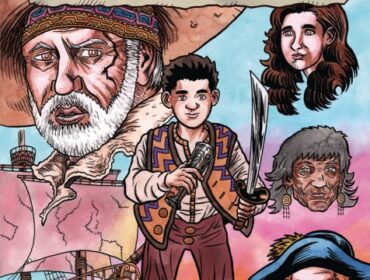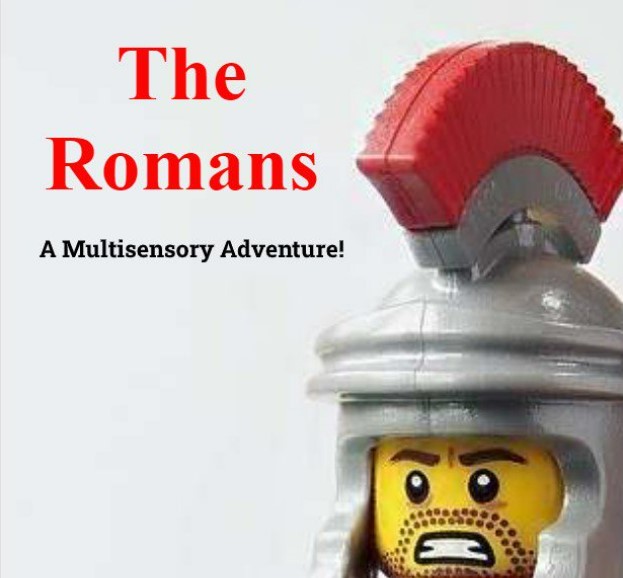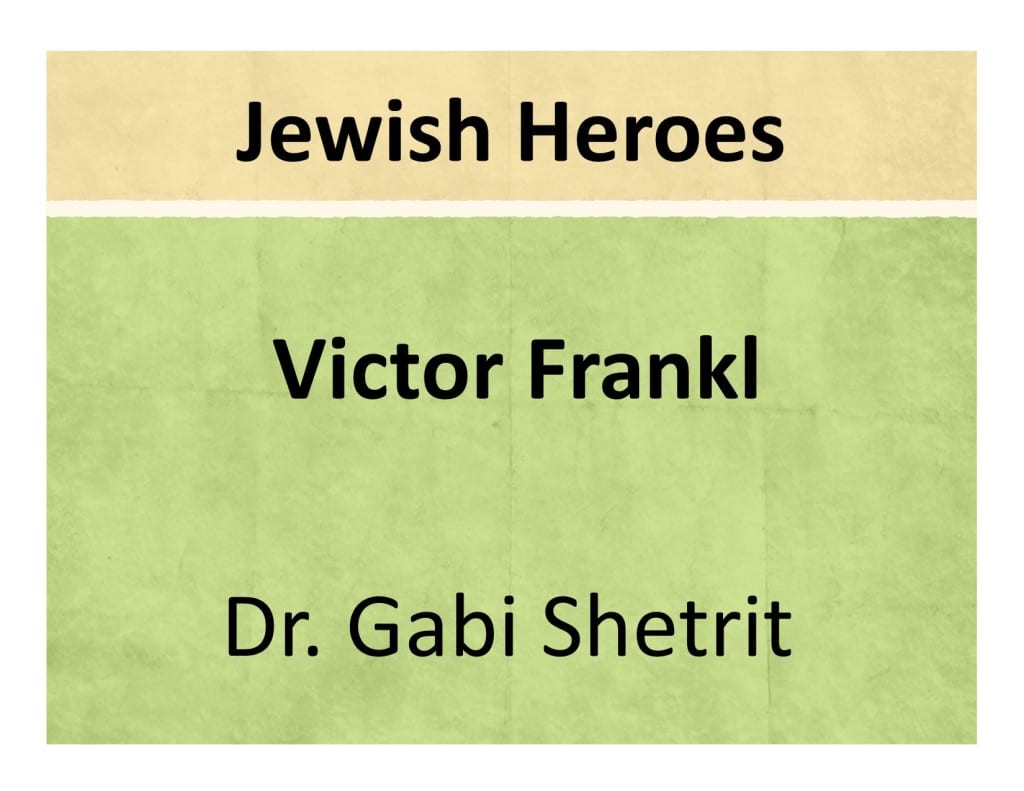A multisensory story is told using props to engage the senses and back up the spoken word.
The story props are low budget, everyday items found around the home, garden, outdoor areas and in the classroom.
This story is suitable for SEN students aged 3-19, EYFS, Mainstream Primary, Speech & Language and EAL students.
What are the Benefits of Multisensory Storytelling?
1. Storytelling creates a bond between the storyteller and the story explorer enhancing and enriching experiences.
2. Rhyming Multisensory Stories connect the individual to literature, culture and topic in a fun and engaging way.
3. The stories form a base on which to scaffold learning enabling the student to work on personal goals and individual targets.
4. The activities in the stories are designed to promote:
Promote Communication Skills: Eye contact, listening, shared attention and language development.
Self-confidence & Well-being: Trying out new ideas & skills, practicing self-care & independence and enjoying achievement.
Self-awareness: Asking for ‘help’, ‘again’ and ‘more’
Opportunities to explore cause & effect and build anticipation skills
Physical Development: Fine & gross motor skills.
Knowledge about the environment and the world around us.
Engagement in scientific experimentation and mathematical concepts.
Development of social & emotional skills: (turn-taking & sharing and teamwork).
5. The sensory stimuli (story props) are a tool for the story explorer to explore and express their likes, dislikes and sensory preferences and to have the opportunity to make choices.
This information can be used to identify motivators or items to calm and individual when anxious, tired or stressed, identify triggers, (some you may wish to avoid, others to work on building tolerance through desensitisation in a safe and therapeutic environment) and used in the writing of care plans to enhance areas daily life.
Your questions, queries, comments and feedback are always welcome.
Visit the blog for your FREE monthly teaching calendar packed with sensory ideas and inspiration
| Category | History |
| Tag | Special Education |





Write a Review
Leave a reply Cancel reply